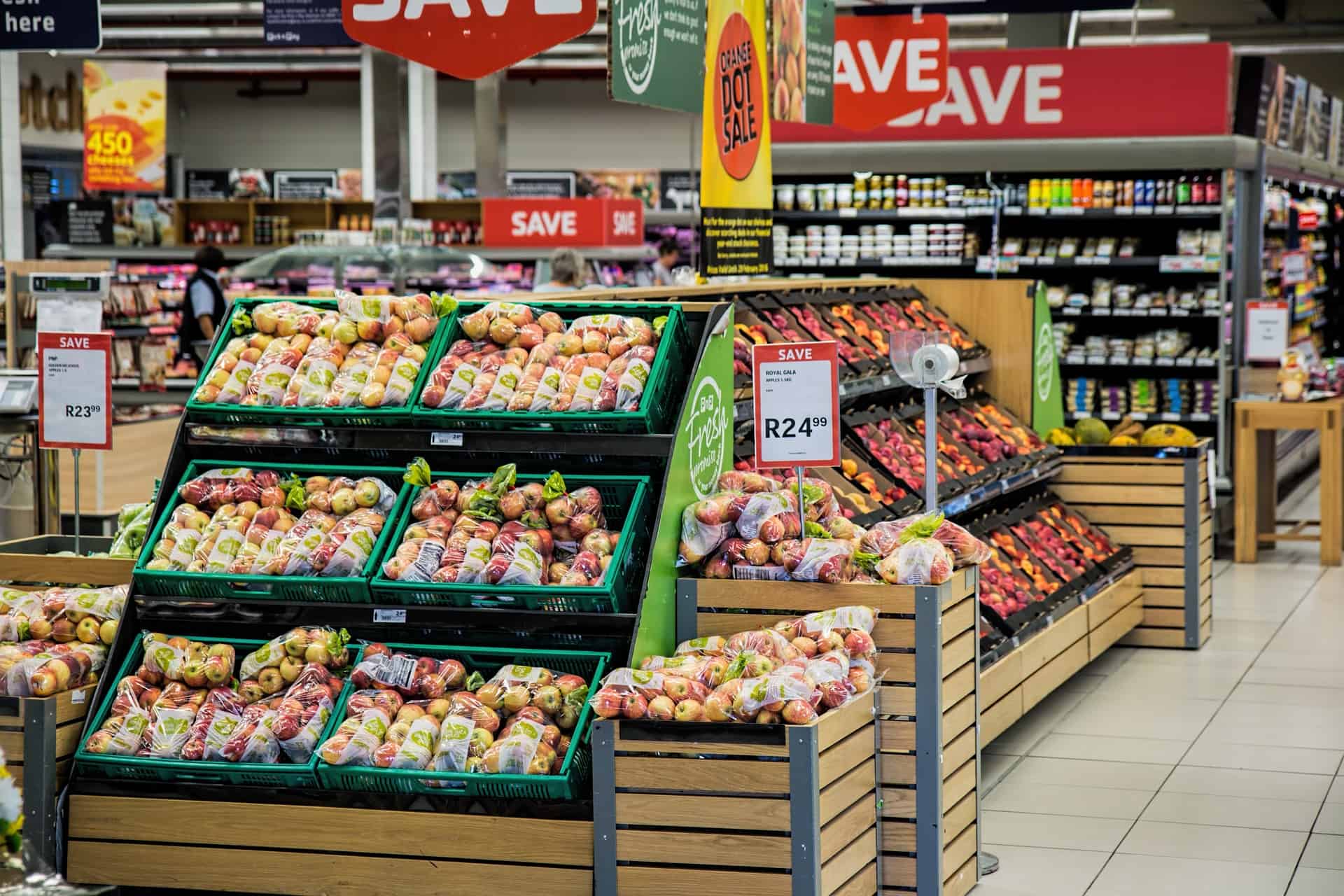
The €11 million EU-funded WATSON project, led by Dr Dimitrios Argyropoulos, is developing a digital and intelligence-based framework to detect and prevent food fraud across the supply chain. Utilising technologies like IoT, AI and blockchain, the project aims to increase transparency and improve food safety. The system’s three-tier architecture includes trustworthy data sources, an intelligence and application layer, and a user interface. Six agri-food sectors in Portugal, Spain, Italy, Germany, Finland, and Norway will test the framework.
WATSON’s three-tier architecture
The WATSON project’s three-tier architecture consists of trustworthy data sources, an intelligence and application layer, and a user interface. By implementing this structure, the framework aims to provide a holistic solution to combat food fraud, ensuring accurate and untampered information is available throughout the food supply chain.

Trustworthy data sources form the foundation of the WATSON system, enabling the collection and verification of information. The intelligence and application layer utilises emerging technologies such as AI, IoT, and blockchain to analyse and detect fraudulent activities. Lastly, the user interface allows stakeholders to interact with the system, making informed decisions based on the provided data and insights.
Key technologies and tools
WATSON leverages various technologies, including genomic and DNA analysis, computer vision, IoT, and blockchain, to create a comprehensive solution for food fraud prevention and traceability. These technologies enable the development of flexible, low-cost tools for analysis and fraud detection, ensuring that food products are authentic and safe for consumers.
Blockchain technology plays a critical role in ensuring data authenticity and creating a digital passport for food products. This digital ledger allows for secure and transparent data sharing among stakeholders, facilitating better traceability and accountability in the food supply chain.
Real-life testing in six European countries
WATSON’s methodological framework and toolsets will undergo extensive testing in real-life settings across six European countries, covering various agri-food sectors. These use cases include tackling counterfeiting of Portuguese wine, preserving the authenticity of Spanish northwest PGI honey, rapid traceability of extra virgin olive oil in Italy, identification of possible manipulations at all stages of the meat chain in Germany, improved traceability of high-value products in cereal and dairy chain in Finland, and combating white fish counterfeiting in Norway.
These use cases aim to demonstrate the impact of WATSON’s framework on different food supply chains, contributing to the European Union’s farm-to-fork strategy and Food 2030 priorities.
Collaboration with stakeholders
The WATSON project involves a diverse consortium of 44 partners from 19 countries, including research institutes, universities, large enterprises, SMEs, NGOs, food safety authorities, stakeholders’ associations, and retailers. This inter- and trans-disciplinary approach ensures a comprehensive understanding of the challenges faced by the food supply chain and the development of effective solutions.
For example, INESC TEC leads the technology development and is responsible for creating flexible and low-cost tools for analysis and fraud detection. They will also implement a pilot case in the Portuguese wine sector, collaborating with ADVID, SOGRAPE, and IVDP.
Long-term impact on food safety and transparency
WATSON’s holistic framework aims to improve food safety and reduce food fraud through systemic innovations that increase transparency, equip authorities and policymakers with data and insights, and raise consumer awareness on food safety and value. As the project progresses from March 2023 to 2026, the WATSON framework is expected to drive the deployment of transparency solutions in the EU food systems, creating a safer and more transparent food supply chain for all stakeholders involved.







